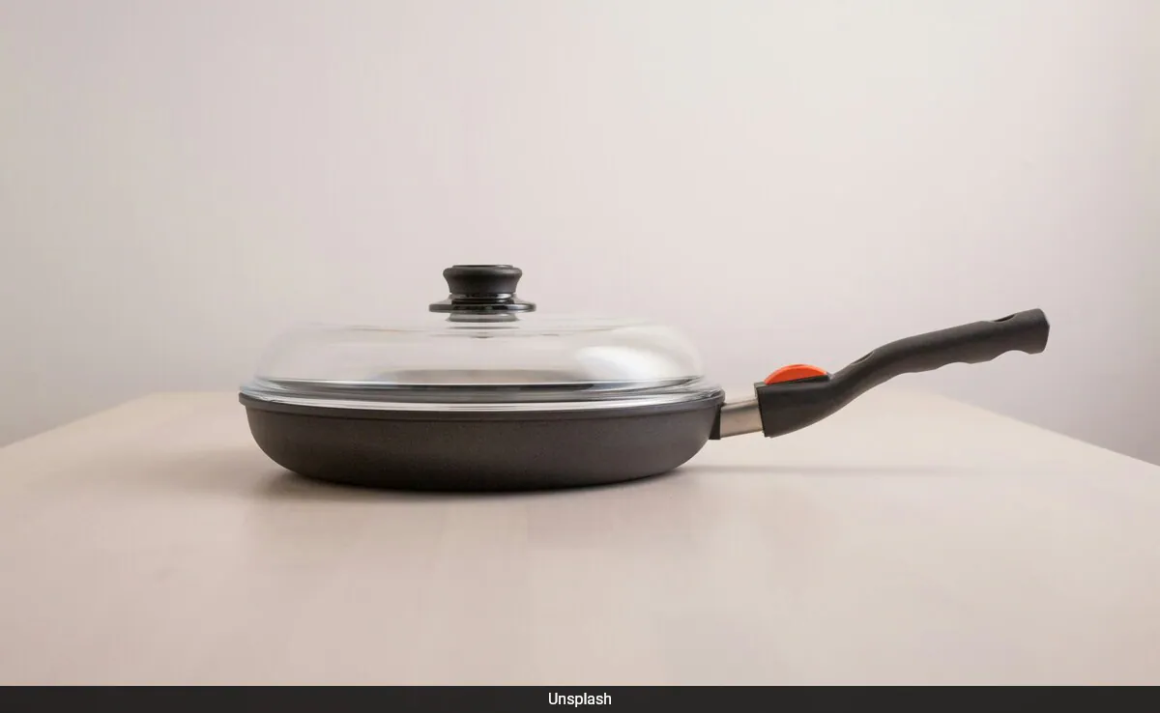Teflon flu: Common symptoms include headache, chills, fever, nausea, tightness in the chest, coughing, and sore throat.

Poison Centers throughout the US have received over 3,600 complaints of possible instances of “polymer fume fever,” often known as Teflon flu and connected to a chemical coating on non-stick cookware, for the first time since 2000. “The condition has been colloquially referred to as ‘Teflon flu,’ after the trade name of a popular nonstick coating,” The Washington Post said. However, there is no manufacturer mentioned specifically in the health questions.
ALSO READ : Don’t waste burnt bread! Check out this viral hack to make it fresh again
The study further stated that USA’s Poison Centers is a nonprofit organization that is in charge of 55 poison centers in the US.
Let’s hear from specialists to learn more about this ailment.
Polymer fume fever, often known as Teflon flu, is a transient disease brought on by breathing in fumes from “overheating non-stick cookware coated with polytetrafluoroethylene (PTFE)”. “When the coating breaks down, overheating these pans to temperatures higher than 500°F (260°C) can release harmful fumes,” stated Edwina Raj, head of services for clinical nutrition and dietetics at Aster CMI Hospital in Bangalore.
The HOD of the internal medicine department at Gleneagles Hospitals in Lakdi ka Pul, Hyderabad, Dr. Haricharan, a senior consultant physician, diabetologist, and lipidologist, added that using soapy water, sponges, or dishcloths to clean hot Teflon pans could potentially cause fume inhalation.
According to Edwina, typical symptoms include headache, chills, fever, nausea, chest tightness, coughing, and sore throat. These symptoms often manifest within hours of exposure.

Edwina claims that even if the symptoms usually go away in a few days, frequent exposure to these toxins has worrying long-term health effects. Edwina stated, “Research has connected these chemicals to diseases like thyroid irregularities, specific malignancies, and infertility.”
The mainstay of treatment for Teflon flu is symptom management. Edwina emphasized, “The condition is usually caused by fume exposure, so removing oneself from the contaminated environment is crucial.”
What can help *The best way to lessen exposure to the fumes is to go to a fresh air place with good ventilation.
*Over-the-counter drugs can aid in the treatment of symptoms such as headache and fever. Dr. Haricharan advised “oral hydration, rest, anti-pyretics, and anti-inflammatory medications.”
When cooking at high temperatures, steer clear of overheated non-stick cookware and give stainless steel or cast iron some thought instead. The expert emphasized that PTFE-made nonstick cookware should be used on a low-medium burner according to the directions.
If symptoms continue, get medical help right once. pushed Edwina.


